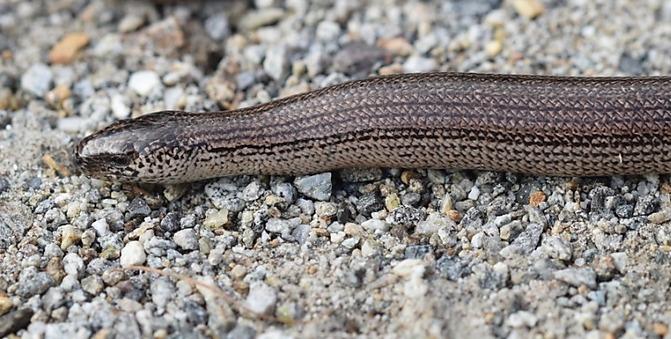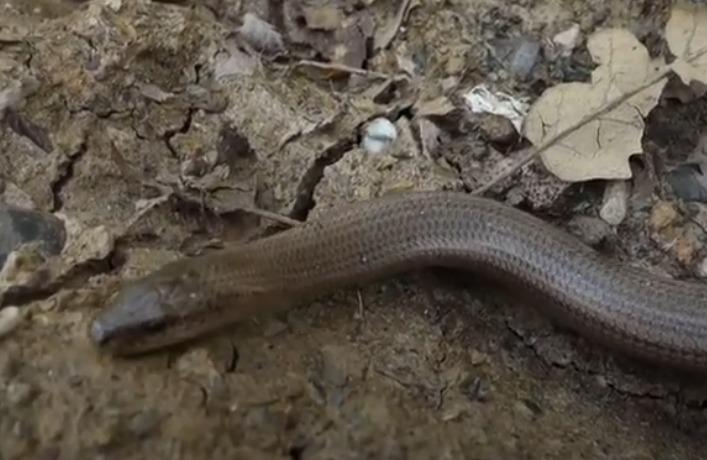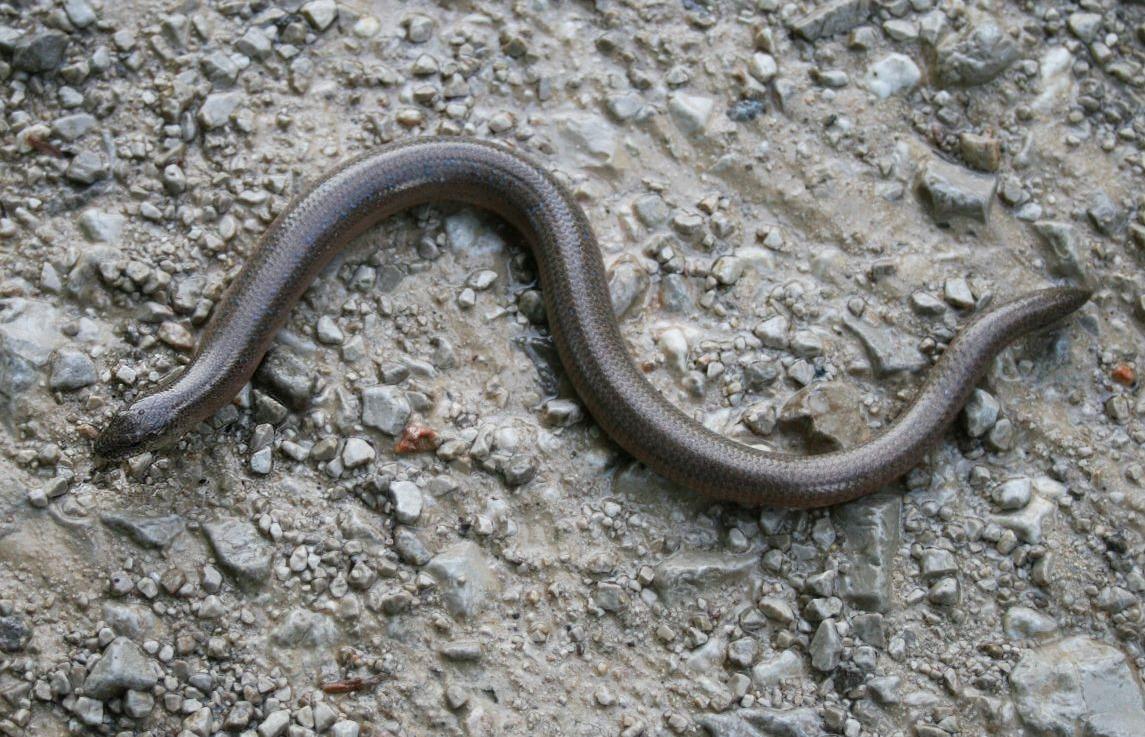Italian slow worm
Anguis veronensis
Orvet de Vérone
Until recently Italian orvet populations were considered to belong to the species Anguis fragilis that is largely distributed in Europe. A 2013 study, based on phylogentic analysis conducted on mitochondrial and nuclear DNA showed that Italian specimens, as well as those from the south east of France and a small pocket in Switzerland were a different species.
Visually there is very little difference between this species and the common European slow worm Anguis fragilis
This
from Wiki sums up the situation from the origional naming of this
species until the present.
“In
the past, slow worms from the Italian
Peninsula were
not distinguished from other European slow worms; they were usually
perceived as conspecifics
of
Anguis
fragilis.
A relatively long independent evolutionary history and distinct
identity of both morphological and genetic features led to the
species
resurrection
in 2013 under the synonymous
scientific
name Anguis
cinerea. Following
the rules of International
Code of Zoological Nomenclature about
priority naming the slow worm was renamed to the oldest available
name for the same taxon, Anguis
veronensis.
Distinguishing the Italian slow worm from other genetically deeply divergent species of genus Anguis can be done by performing genetic analysis, since species are closely morphologically similar and thus poorly separable. Analyses of the morphological comparison showed that A. veronensis differs from A. fragilis in relative tail length (A. veronensis has longer tail in both sexes), subcaudal scales (A. veronensis has more subcaudal scales in both sexes) and head morphology (A. veronensis has relatively more robust head). Differences in log-linear analysis of both lizard's colouration were negligible, the same goes for insufficient variation in the external ear opening presence.”
As with the common European slow worm Seeking food normally takes place early, around dawn, and then later in the day as night approaches, when they seek out slugs, spiders, beetles, insects and their larvae. Hibernation takes place from October until March, depending on local conditions in a hole which they create or equally one which already exists like an old rodent tunnel.
They are ovoviviparous: Following mating from April until June the female retains her eggs in incubation for about 3 months and then gives birth to 6-10 already formed slow worms in August / September.



